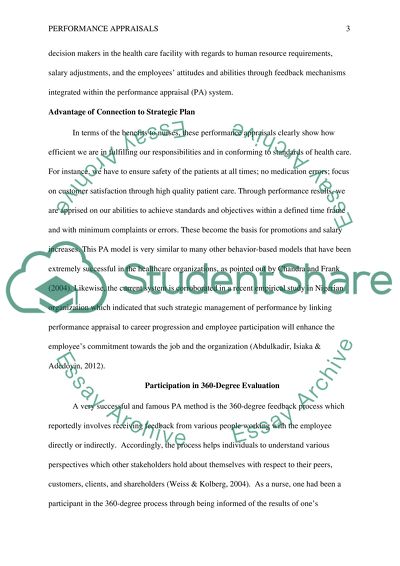Cite this document
(“Leadership Journal Performance Appraisal Essay Example | Topics and Well Written Essays - 1250 words”, n.d.)
Leadership Journal Performance Appraisal Essay Example | Topics and Well Written Essays - 1250 words. Retrieved from https://studentshare.org/nursing/1495179-leadership-journal-performance-appraisal
Leadership Journal Performance Appraisal Essay Example | Topics and Well Written Essays - 1250 words. Retrieved from https://studentshare.org/nursing/1495179-leadership-journal-performance-appraisal
(Leadership Journal Performance Appraisal Essay Example | Topics and Well Written Essays - 1250 Words)
Leadership Journal Performance Appraisal Essay Example | Topics and Well Written Essays - 1250 Words. https://studentshare.org/nursing/1495179-leadership-journal-performance-appraisal.
Leadership Journal Performance Appraisal Essay Example | Topics and Well Written Essays - 1250 Words. https://studentshare.org/nursing/1495179-leadership-journal-performance-appraisal.
“Leadership Journal Performance Appraisal Essay Example | Topics and Well Written Essays - 1250 Words”, n.d. https://studentshare.org/nursing/1495179-leadership-journal-performance-appraisal.


